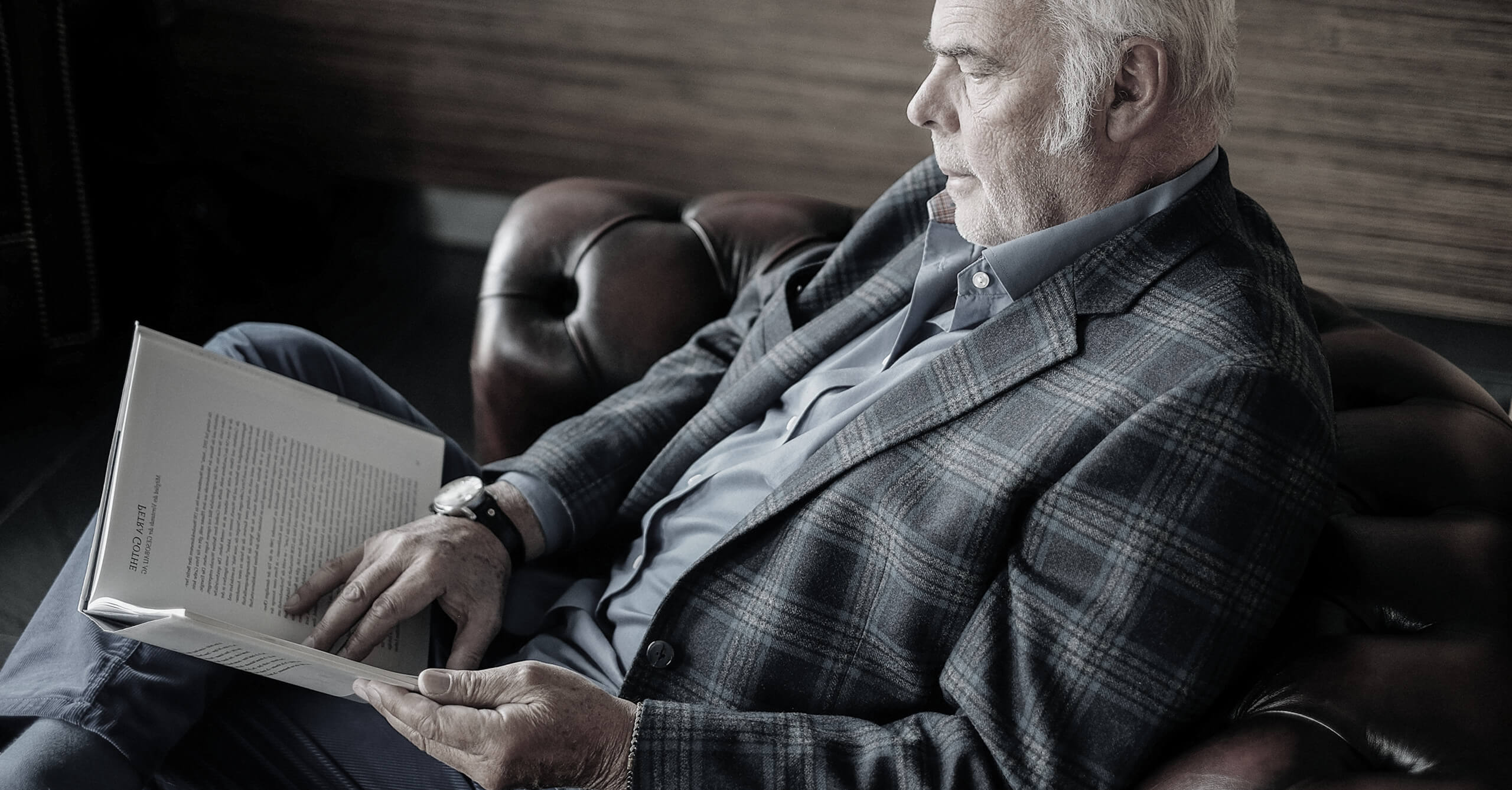

Prosthetics Germany - Int. Dental Clinic Berlin


Dental Prosthetics in Germany
Dentistry in the area of the visible part of the tooth, the tooth crown, can be generally structured by: tooth repair, under the technical term of conservative dentistry, and dental replacement, under the technical tem of prosthetics or tooth replacement. Conservative dentistry means that a tooth still present and capable of being preserved is healed and restored in its substance again if possible. This can be done in relatively low quality, as well as very high-quality, close to the nature of the healthy tooth. Tooth replacement, i.e. prosthetics, means that the entire tooth crown or several teeth or tooth crowns are replaced. There are also quality differences, comparable to going barefoot as opposed to taking a taxi, or to a sandwich as opposed to a fillet steak. BERLIN-KLINIK only offers metal-free dentistry made out of full dental ceramic or CNC-drilled out of a massive block of Zirkonium. Metal free prosthetic looks natural and anatomic, is loves by your gum and protects you from any reaction of your body, blood or cells to the amalgam metal mix or aloy components of the carrier materials of old fashioned only “ceramic-covered” metal crowns. Of course, highest-quality dentistry is, as all other things in life, also a matter of costs. However, it cannot be said that those people who drive large new cars and have the highest income will also purchase the highest-quality dentistry. Wealth and high income do permit best care, but in particular dentists see that it is certainly not the case that generally socially higher-class, more educated and wealthier people will put more value on their body and its medical care. In Germany, many would rather take a credit for a holiday and new living room furniture with a huge flat-screen TV than for higher-quality dental replacement like the dental implants
Medically high-quality
Medically high-quality and functional dental replacement nearly always means tooth implants today. A tooth implant is the best and medically highest-quality type of replacement for a lost tooth for many reasons. Prostheses and partial prostheses are temporary solutions and wound treatment in high-quality dental medicine. Prostheses are emergency solutions or social solutions until permanent tooth replacement is in place.


See also
Although implantation of artificial dental roots with subsequent application of a crown is the golden standard for recovery of chewing function, there are also other options for prosthetic rehabilitation. The following is to provide an overview of the most common tooth replacement types offered by the dentist. Dentistry tooth replacement is generally classified by:
-Individual crowns
-Dental bridges
-Partial prostheses (removable)
-Combined tooth replacement (partially removable/partially fixed)
-Total prostheses/full prostheses (for total tooth replacement)
–Implant-carried tooth replacement
For individual crowns, the following different types of definitive crowns are differentiated:
-Partial crowns of metal or ceramics or in combination
-Full cast crowns of metal/metal alloy
-Veneer ceramic crowns: CNC-milled or modelled/coated/pressed
-Pinned crowns (e.g. after root canal treatment of teeth)
To prevent teeth from moving into adjacent tooth gaps and teeth from the other jaw moving into the gap caused by loss of a tooth, present gaps must be filled with dental bridges. Bridges effectively and permanently stabilise the tooth row. The problem is that the bone of the jaw will atrophy below the bridge, i.e. it will decrease. There are different types of dental bridges:
-Full cast bridge – of metal / metal alloys
-Partial veneer bridges – veneered in tooth colour in the visible area
-Fully veneered bridges – all crown and bridge interim links are fully veneered
-Full ceramics bridge, milled and/or modelled/layered/pressed
This means that large gaps, often in the rear area of the upper and/or lower jaws, where there are no last teeth to provide support for a dental bridge, will be covered by a partial prosthesis. The remaining teeth, which are usually the front ones, are used as supporting and retention teeth, bent or cast brackets are applied to these remaining frontal teeth, or they are applied with telescoping double crowns that anchor the partial prosthesis to the still-remaining teeth. Generally, the brackets damage the remaining teeth and the prosthesis bearing with its large-area pressure and friction harms the bone of the jaw. Grinding off a substantially healthy tooth for a crown is physical injury in a manner that is not sensible. Partial prostheses are well suitable as temporary and social solutions. Teeth must not be ground off.
Generally, this is a partial prosthesis as well, but not carried by brackets at the remaining teeth. Rather, all or some of the remaining teeth are applied with a crown. A retention element (pushbutton, bayonet, slider) is integrated in the crown end. This system then securely anchors the partial prosthesis. This dispenses with any visible retention elements like brackets. The very sophisticated integration of these fine-mechanics, relatively hard-to-clean and not directly visible retention elements require even more elaborate tooth care, however, to prevent massive collection or, e.g. tartar, followed by gum disease and loss of bone. Combined dental replacement should be avoided today to protect the remaining teeth and the bone of the jaw. Implants are used instead.
This type of treatment for patients who have lost all teeth is particularly difficult, because loss of the teeth will also cause a considerable loss of the jaw ridge. The concurrent loss of stabilisation for the lips and check muscles requires the prosthesis and precise placement of the artificial teeth to balance out this loss exactly. There are different measures for this. The present salvia and, in the upper jaw, the vacuum to be produced will cause a certain retention of the prostheses. Of course, linings and adhesives are only temporary possibilities of improving retention of prostheses. The only truly permanent solution is implantation of artificial dental roots – implants in the bone, on which different retention elements will provide a stable carrier for the present prosthesis. Total prostheses are post-war dental replacement and serve as an emergency solution, temporary solution or bandage plate only. Permanent use may cause irreversible loss of the alveolar process of the jawbone.
It is sometimes nearly unbearable to see elderly persons coming to dental replacement consulting with their children or grandchildren, who are trying to get their parents/grandparents to dispense with the idea of implants under the false pretence of fear for their parents/grandparents, hoping that the dentist would recommend a full prosthesis. The parents/grandparents have given everything for their children throughout their lives. Now, when they merely wish for some quality of life and want to be able to securely eat and chew, holidays, furniture or cars and mobile phones are more important than funding implants for elderly people to make this possible.
